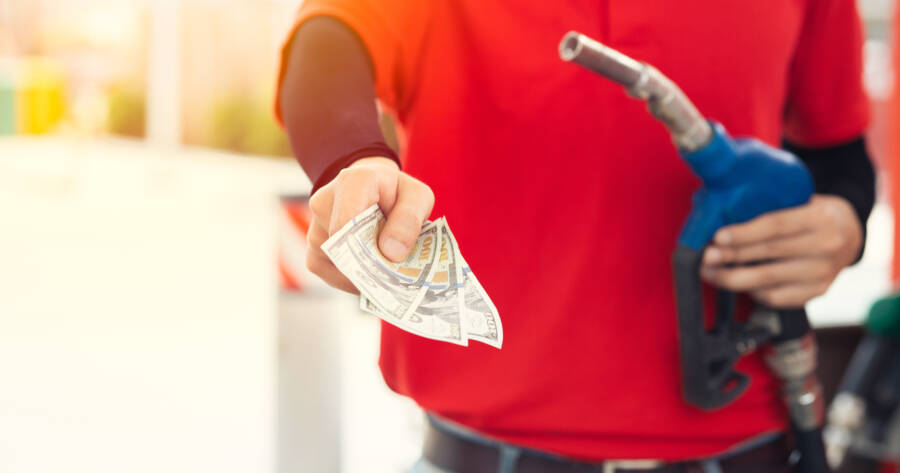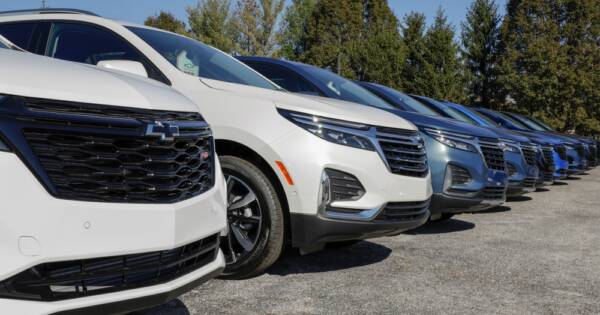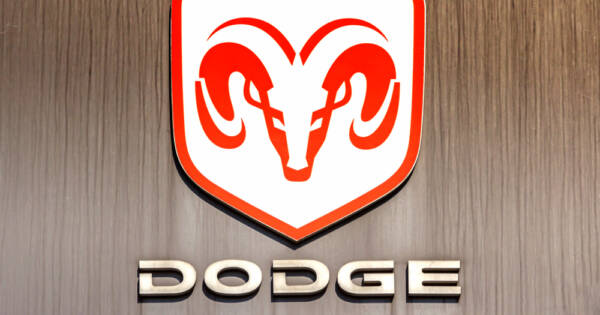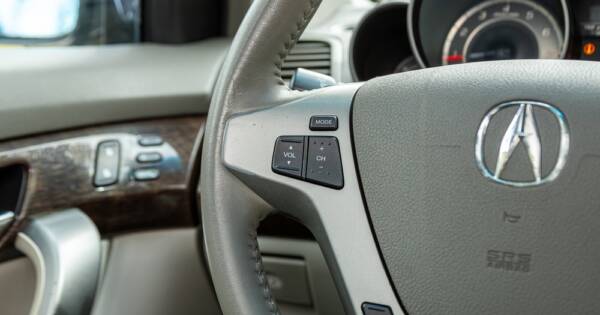Key Takeaways
- Gas station apps provide drivers with live updates, comparisons and GPS directions to the cheapest nearby gas stations.
- Credit card companies, gas stations and other merchants have rewards programs for consumers who spend on fuel, retail items and other goods.
- Basic fuel maintenance, including oil changes and tire pressure checks, can significantly affect your vehicle’s fuel economy.
Even when gas prices aren’t at record highs, most drivers are looking for ways to save at the pump. Aside from riding a bike or driving an EV, there are several ways to cut fuel costs that can add up to significant savings every year.
From fixing your fuel-wasting driving habits to finding the best gas reward programs, check out the best ways to save at a pump below.
Use a Gas Station App
As gas prices surge, gas apps can help cost-conscious drivers find the cheapest fuel. Smartphone gas apps are convenient and free options that allow you to check fuel prices and filter results by fuel grade, distance and price. Many apps also provide GPS directions as well as reviews for gas station amenities, such as ATMs, car washes, restrooms and restaurants.
Popular apps with gas cost-saving features include:
- GasBuddy: This crowdsourced app checks local gas prices and saves cents per gallon when you pay with a GasBuddy card.
- Gas Guru: Find and compare gas price information, view price updates and save frequent locations.
- Upside: Connects users to deals and offers at nearby gas stations with cash-back savings.
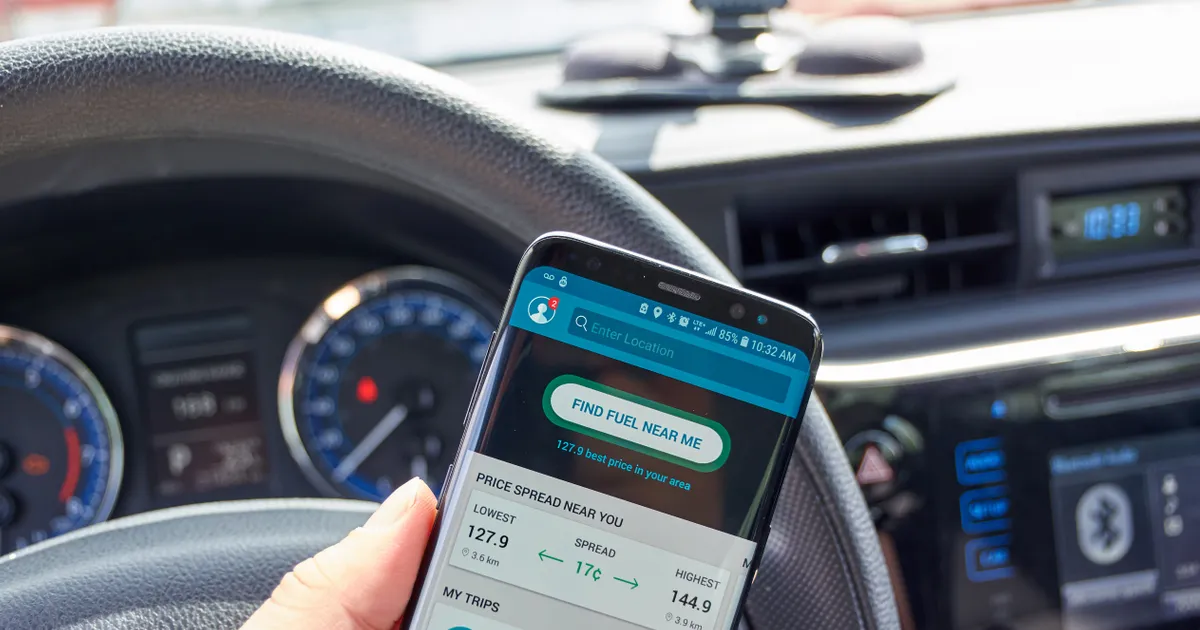 Shutterstock
ShutterstockFuel Rewards Programs
Many gas station companies offer rewards programs for regular customers. Certain companies have their own rewards programs, but others have partnerships with brands such as Air Miles or credit card companies. These programs are free to join and reward customers with perks such as savings, points and sweepstakes.
The top gas station fuel rewards programs are:
- BPme: Works in conjunction with a mobile app that saves $0.05 on every gallon.
- Exxon Mobil Rewards+: Members get $1 off at the pump for every 100 points earned.
- Shell Fuel Rewards: Earn fuel discounts when you make purchases at participating restaurants or retailers.
- Circle K Easy Rewards: Receive points for gas or retail items purchased at Circle K stores and get access to special sweepstakes.
 Shutterstock
ShutterstockCredit Card Reward Programs
A gas credit card rewards cardholders with points, discounts, cash back or other perks for purchasing fuel. These credit cards, mainly Mastercard, Visa and American Express, can be used at most retailers and help high-mileage drivers earn savings on fuel purchases. Gas credit card programs are usually free or low-cost to sign up for and are available through your banking or credit provider’s website or location.
Some top-ranked gas credit cards are:
- Citi Premier Card
- Blue Cash Preferred Card from American Express
- PenFed Platinum Rewards Visa Signature Card
- PNC Cash Rewards Visa
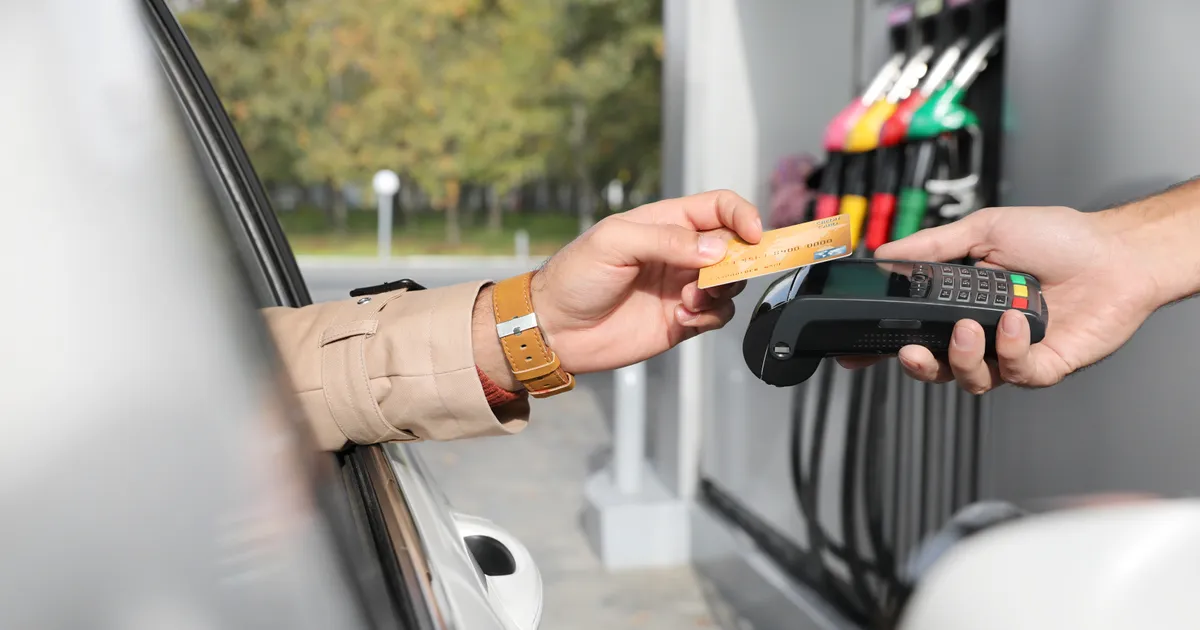 Shutterstock
ShutterstockClub Memberships
Many warehouse clubs have cheaper fuel prices than other gas stations, but customers need a warehouse club membership to access these discounts. Memberships usually incur a monthly or annual fee but provide gas up to $0.25 per gallon cheaper and come with perks, such as free shipping and discounts on insurance, automotive, health services and more. Before committing to a membership, analyze the cost-savings potential relative to how much you intend to drive or spend and consider factors such as locations and convenience.
The top gas-saving club memberships include:
- Costco
- Sam’s Club
- BJ’s Wholesale Club
- Walmart+Kroger
 Shutterstock
ShutterstockReview Your Payment Method
Some gas stations offer discounts to customers who opt to pay with cash instead of a credit card. Savings for paying in cash usually range between $0.10 and $0.15 per gallon, although some gas stations offer better rates for premium gas and discounts up to $1.
Even if you only save a few dollars per tank, this can add up quickly over time if you’re a frequent driver. For example, you can save over $150 per year if you pay $3 less per 15-gallon tank every week.
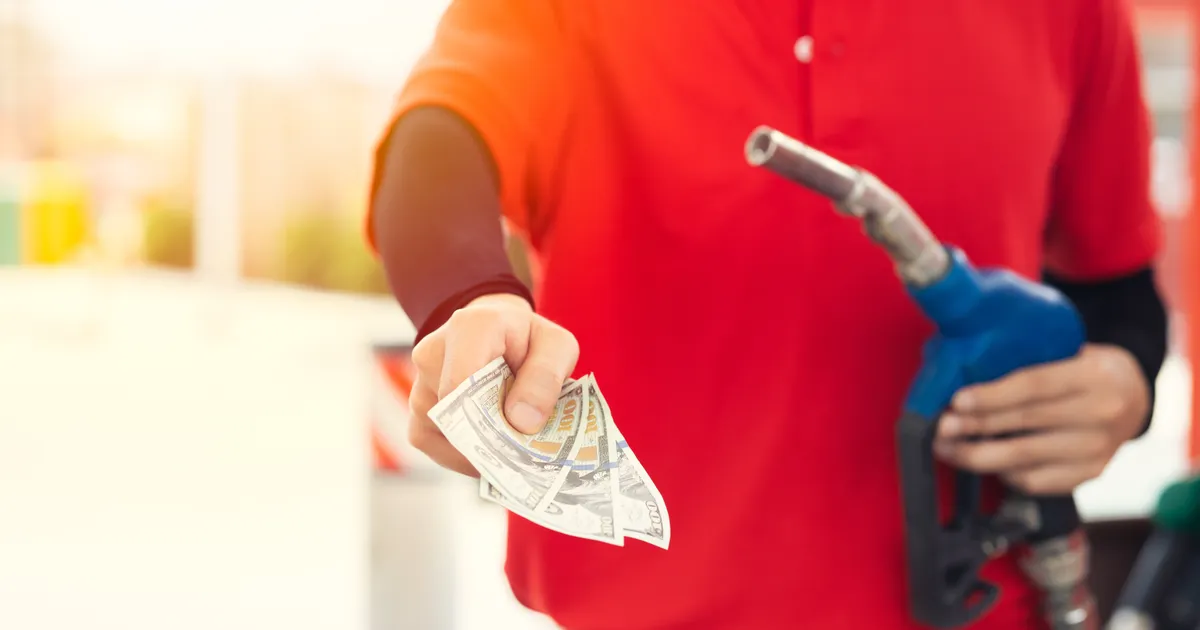 Shutterstock
ShutterstockCheck Your Tires
Underinflated and unevenly worn tires increase your vehicle’s resistance, causing the engine to work harder and consume more fuel. However, many drivers overlook this important aspect of regular vehicle maintenance and only fill their tires when they’re visibly underinflated.
According to the U.S. Office of Energy Efficiency and Renewable Energy, properly inflated and evenly worn tires can improve gas mileage by 3% or the equivalent of up to $0.10 per gallon. Properly inflated tires with sufficient tread not only save on fuel consumption but also improve safety and performance.
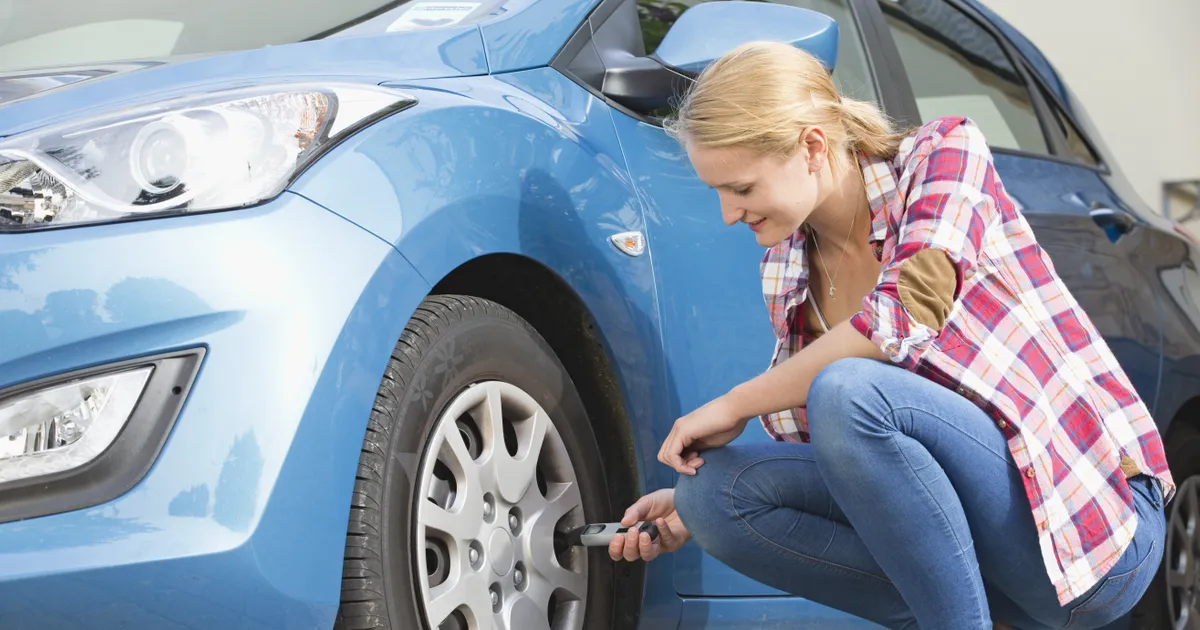 Shutterstock
ShutterstockTake Fuel-Efficient Routes
Planning your routes according to driving time and efficiency can help improve your fuel consumption rates. For example, planning grocery shopping along your route home from work or completing your errands in a single trip can help cut down on miles.
MapQuest, Google Maps, Waze and other free apps have helpful mapping tools that recommend fuel-efficient routes with fewer hills, traffic and stops. They can also take multiple stops into account to find optimal routes and itineraries between destinations and reduce overall driving distance and time.
 Shutterstock
ShutterstockSkip Premium Fuel
Premium fuel has a higher octane rating, is better balanced and may contain additives to reduce engine knocking and improve efficiency and performance. Although some high-performance vehicle engines may require premium fuel, the benefits are often lost on vehicles that perform just as well with regular gas.
Unless your vehicle’s engine is designed for premium fuel, you can save up to $0.20 per gallon by opting for regular lower-octane gas without compromising performance. In fact, tests showed that premium fuel-recommended vehicles achieve the same fuel efficiency and overall performance, regardless of fuel quality.
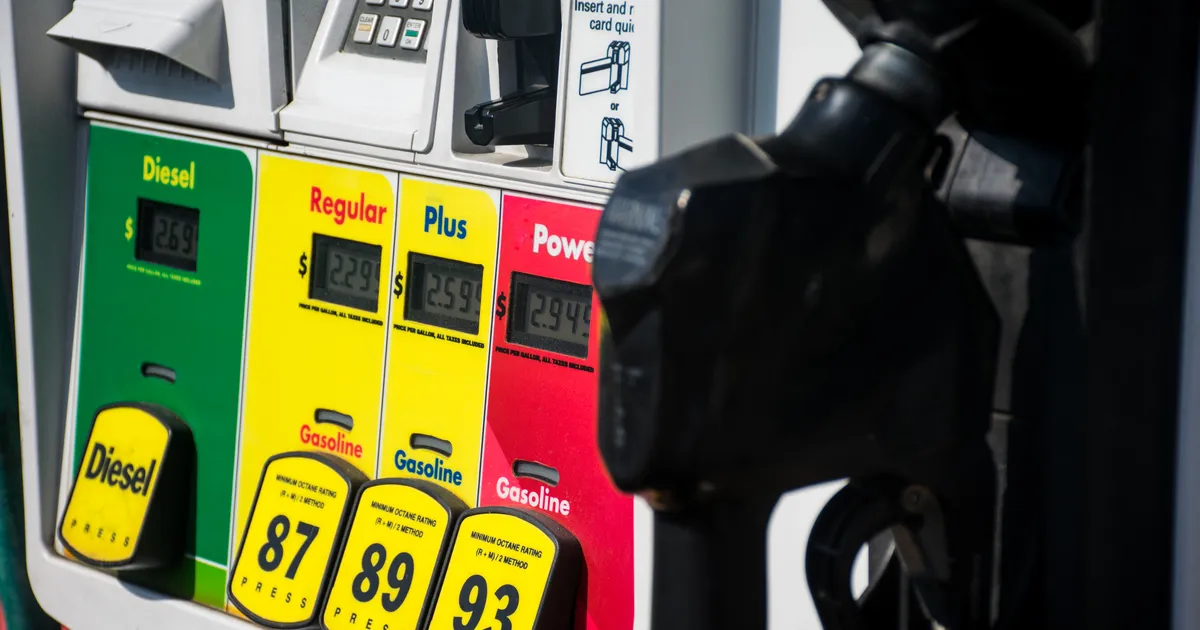 Shutterstock
ShutterstockFree or Discounted Gift Cards
Many people give gas cards for easy presents, but these cards don’t always get used. Resellers such as Raise and Gift Card Granny allow users to sell or buy gift cards for various gas stations for less than their retail value. You can also sign up to receive alerts for when discounted cards are in stock.
Other sites, such as MyPoints or CashKarma, offer gas gift cards, cash and other rewards for completing online surveys, watching videos, buying groceries and shopping online.
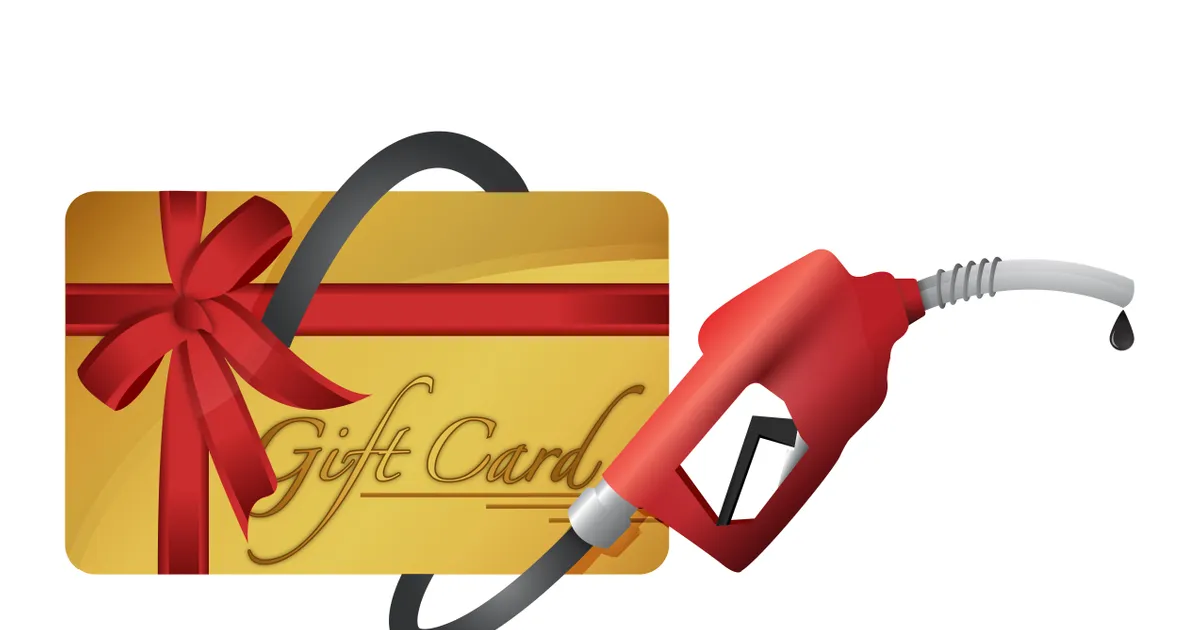 Shutterstock
ShutterstockFuel Up Early in the Week
According to studies, certain days of the week are correlated with higher or lower gas prices. On average, Monday, Sunday or Friday are the cheapest days of the week to purchase gas in the majority of states. Over recent years, Wednesday, Thursday and Wednesday averaged as the most expensive days to fill up.
Since gas prices can fluctuate dramatically between these days, keep in mind the best days to fill or top off your tank. For example, you can save if you top off your half-full tank on a Monday instead of waiting to fill it on Thursday.
 Shutterstock
ShutterstockFuel-Efficient Driving
You can significantly reduce your gas bill by practicing fuel-efficiency techniques. These include:
- No speeding: Speeding isn’t just illegal; it also hurts your fuel economy past speeds of 50 miles per hour.
- Acceleration: Slow and smooth accelerations from stops allow for more fuel-efficient transmission shifts in automatic vehicles.
- Air conditioning: Using air conditioning can hurt fuel economy by up to 4 miles per gallon, and it’s generally more efficient to open a window or park in shady spots.
- Reduce braking: By anticipating stops and turns and coasting more, reduce gas consumption and brake wear.
- Idling: Even if you’re not moving, idling your vehicle can waste gas and create unnecessary emissions.
 Shutterstock
ShutterstockVehicle Maintenance
Keeping your car in optimal condition not only improves its overall performance and longevity but also boosts its fuel efficiency. Some simple but commonly neglected maintenance or repair issues include poorly sealed gas caps or clogged air filters.
Keeping up with scheduled oil changes and using energy-conserving synthetic oils can also reduce friction and improve gas mileage. More serious issues, such as exhaust system leaks or faulty oxygen sensors, can significantly affect your gas mileage, vehicle wear and emissions.
 Shutterstock
Shutterstock